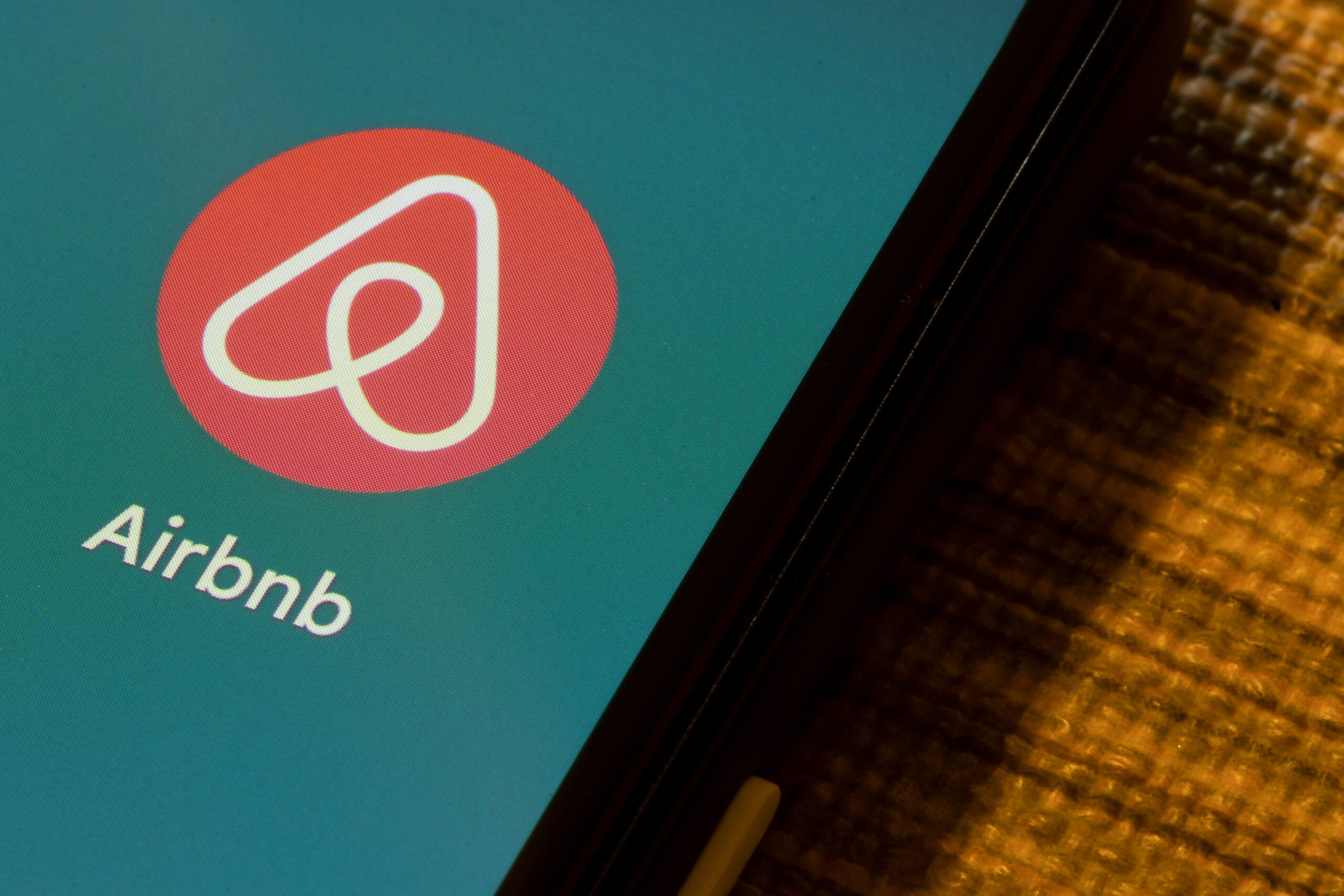Explore the transformative power of engaging brand stories and uncover storytelling for conversion strategies that captivate hearts. Dive into practical tips for weaving compelling narratives into your conversion strategies for impactful customer connections.
Key Takeaways:
- Unlock the Power of Storytelling: Learn how engaging brand stories can significantly enhance customer experience and drive conversions, making your brand unforgettable.
- Craft Compelling Narratives: Discover the essential elements of a captivating brand story, including authenticity, emotional engagement, and a unique brand voice.
- Audience-Centric Approach: Understand the importance of making your audience the hero of your story for a deeper emotional connection.
- Strategic Integration: Gain insights on best practices for weaving your brand stories into your overall marketing strategy for maximum impact.
- Measure Success: Learn how to track the effectiveness of your storytelling efforts through key engagement and conversion metrics.
- Inspiration from Real-World Examples: Get inspired by successful case studies from businesses that have mastered the art of storytelling for conversion.
Table of Contents
Introduction
Have you ever been so captivated by a story that you felt a part of it, living every moment and feeling every emotion? Now, imagine if your brand could wield that kind of power. In the vast ocean of businesses vying for attention, engaging brand stories stand out like lighthouses, guiding customers not just to purchase but to connect on a deeply personal level.
Storytelling for conversion isn’t just an art; it’s a strategy. It’s the bridge between a business and its audience, built on the foundational stones of authenticity, emotion, and shared values. In today’s digital age, where consumers are bombarded with countless ads every day, the traditional methods of marketing are no longer enough. People crave stories that touch their hearts, spark their imaginations, and inspire them to act. That’s where the magic of storytelling as a conversion strategy comes into play.
But what makes a brand story not just good, but engaging? How does it transform a potential customer into a loyal advocate? The answer lies in understanding not only the components of a great story but also how to weave these elements seamlessly into your conversion strategies. This isn’t about fabricating tales; it’s about uncovering the authentic narrative of your brand and sharing it in a way that resonates with your audience, compelling them to embark on a journey with you.
This blog post dives deep into the world of engaging brand stories, exploring the intricacies of storytelling for conversion and providing actionable strategies to harness the power of narratives in your marketing efforts. Whether you’re a small business owner, a marketing professional, or simply curious about the impact of storytelling, you’re in the right place. Let’s unravel the secrets to creating stories that not only tell but sell, turning passive listeners into active participants in your brand’s ongoing story.
The Art of Crafting Engaging Brand Stories
The Anatomy of a Compelling Brand Story
Authenticity is Key
In the world of brand storytelling, authenticity isn’t just a buzzword—it’s the core of your narrative. Authentic stories are genuine reflections of what your brand stands for, your journey, challenges, triumphs, and the values that drive you. They resonate because they’re relatable, not manufactured. Think of your brand story as a mirror. When your audience looks into it, they should see a reflection of themselves, their ideals, or the person they aspire to be.
Emotional Hooks that Resonate
Every memorable story tugs at the heartstrings. It’s the emotional hook that makes your story stick. Whether it’s joy, nostalgia, hope, or even the thrill of adventure, the emotions you evoke are what transform a simple narrative into a shared experience. But how do you find the right emotional hook? Start by understanding the core desires and challenges of your audience. Then, weave these insights into your story in a way that speaks directly to their hearts.
Finding Your Unique Voice
The Role of Brand Personality
Your brand personality is the unique character your brand embodies, and it should shine through in every story you tell. Is your brand bold and adventurous, or calm and reassuring? Understanding your brand’s personality helps you craft stories that are not only consistent in tone but also distinctively yours. This personality becomes a familiar voice that your audience grows to trust and love.
Consistency Across Platforms
In our digitally connected world, your story is told across multiple platforms—from your website to social media to email campaigns. Consistency in your storytelling across these platforms reinforces your brand identity and message. It’s like reading a book where every chapter, regardless of the twists and turns, contributes to a cohesive plot. This consistency builds a strong, trustworthy brand image that your audience can easily recognize and relate to.

The Role of Your Audience in Your Story
Understanding Your Audience
To tell a story that captivates, you need to know whom you’re speaking to. This goes beyond demographics. Dive into the aspirations, fears, and values of your audience. What are their dreams? What keeps them up at night? Understanding these aspects allows you to craft stories that not only capture attention but also foster a deep connection.
Making the Audience the Hero
In the most compelling brand stories, the audience is more than just a spectator—they’re the hero. Your product or service plays the role of the mentor, guiding them to overcome challenges and reach their goals. When your audience sees themselves as the protagonist of your story, they’re not just engaged; they’re emotionally invested. This powerful perspective shift can dramatically enhance the impact of your storytelling, turning passive observers into active participants in your narrative journey.
Best Practices for Storytelling for Conversion
Integrating Stories into Your Marketing Strategy
Content Marketing
At the heart of content marketing lies the power of storytelling. It’s about creating articles, videos, podcasts, and other content forms that don’t just sell but tell. Your stories should serve as the foundation for all your content marketing efforts, drawing in your audience with narratives that engage, inform, and inspire. Use stories to illustrate the problems your products solve, to share customer testimonials, or to showcase the impact of your services. By doing so, you transform your marketing from a series of sales pitches into a compelling narrative that people follow.
Social Media Engagement
Social media platforms are the modern-day campfire around which people gather to hear stories. These platforms offer a unique opportunity to share your brand stories in a more personal and direct way. From Instagram Stories and Facebook posts to Twitter threads, each platform can be a powerful tool for storytelling for conversion. The key is to adapt your stories to fit the unique format and audience of each platform while maintaining the core message of your brand. Use these spaces not just to broadcast your stories but to encourage interaction, making your audience feel like part of the narrative.
Measuring the Impact of Your Stories
Engagement Metrics
To understand the impact of your storytelling efforts, start by looking at engagement metrics. These can include likes, shares, comments, and time spent on your website. High engagement rates often indicate that your stories are resonating with your audience. Pay attention to the stories that spark the most interaction and try to understand why. Was it the emotion they evoked? The relatability of the narrative? Use these insights to refine your storytelling approach.
Conversion Metrics
While engagement is important, the ultimate goal of storytelling for conversion is to drive action. Conversion metrics can vary depending on your goals, from newsletter sign-ups and content downloads to actual sales. Monitoring these metrics helps you gauge the effectiveness of your stories in motivating your audience to take the next step. It’s essential to link your storytelling efforts directly to your conversion strategies, using clear calls-to-action that guide your audience on what to do after they’ve been captivated by your story.
Real-World Examples of Successful Brand Stories
Case Study 1: Airbnb
Emotional Engagement through Visual Storytelling
Airbnb utilizes storytelling to transform the concept of accommodation into one of connection and experience. Through their “Not Yet Trending” series, Airbnb showcases hidden gems around the world, telling the stories of local hosts and their communities. This approach not only highlights unique listings but also taps into the wanderlust and curiosity of their audience, fostering a sense of belonging. By prioritizing stories over transactions, Airbnb has built a loyal community of travelers eager to explore the less-trodden path, proving that emotional engagement can significantly boost brand affinity and conversion strategies.

Case Study 2: Tesla
Humanizing Technology through Personal Narratives
Tesla, under the leadership of Elon Musk, has excelled at storytelling by focusing on the mission to accelerate the world’s transition to sustainable energy. Beyond just selling cars, Tesla’s narrative encompasses innovation, environmental sustainability, and a vision for a better future. This story is woven into every product launch and customer experience, making consumers not just buyers but participants in a movement. The personal involvement of Elon Musk, sharing milestones and setbacks alike on social media, adds a relatable human element to the brand, enhancing customer loyalty and driving conversions.
Case Study 3: TOMS Shoes
Creating a Movement through Shared Values
TOMS Shoes pioneered the one-for-one model, promising to donate a pair of shoes to a child in need for every pair sold. This simple but powerful story turned the act of purchasing shoes into a philanthropic deed. TOMS’ storytelling extends beyond their initial promise, sharing stories of the children and communities they’ve impacted around the world. By making their customers part of a larger narrative of change and social responsibility, TOMS has cultivated a dedicated base of supporters, demonstrating how shared values can translate into sustained brand loyalty and conversion.
These case studies illustrate the powerful role of storytelling in not just promoting products or services, but in building communities, sharing visions, and creating movements. Each company’s unique approach to storytelling underscores the diverse ways in which brands can connect with their audiences on a deeper level, turning engagement into action.
Conclusion
In a world inundated with advertisements and corporate messaging, the art of storytelling emerges not just as a strategy, but as a beacon of authenticity and connection. Engaging brand stories have the power to transcend the mundane, transforming products and services into experiences and ideologies that resonate deeply with our collective psyche. From Airbnb’s immersive travel narratives to Tesla’s visionary journey towards sustainability, and TOMS Shoes’ commitment to social good, we see the profound impact of storytelling on emotional conversion.
The essence of these stories lies not in their ability to sell, but in their capacity to inspire, connect, and mobilize. They remind us that behind every purchase is a person seeking to align with something greater than a product—be it an adventure, a vision, or a cause. This realization shifts the focus from mere transaction to meaningful interaction, from customer to community member.
As we look to the future, the trajectory for brands is clear: those who can articulate their purpose and passion through compelling narratives will not only capture attention but will forge lasting relationships. The journey of crafting engaging brand stories is both a challenge and an opportunity—an opportunity to redefine the marketplace, to turn consumers into co-creators, and to embed our brands in the fabric of society in a way that is genuine, impactful, and enduring.
The call to action now is not just to tell stories, but to live them. To weave narratives so intrinsic to our brand’s identity that they become indistinguishable from the products we sell and the missions we embody. Let us harness the power of storytelling to not only drive conversions but to drive change, building a world where business is not just about the bottom line, but about the stories we tell and the lives we touch.
Call to Action:
Now, we turn to you. Share with us your brand’s story. How are you connecting with your audience on a deeper level? Or perhaps you’re at the start of your storytelling journey and looking for inspiration or guidance? Join the conversation below, share your experiences, and let’s inspire one another with tales of transformation and impact.
FAQs:
How can I identify my brand’s unique story?
- Start by reflecting on your brand’s mission, the problems you solve, and the impact you have on customers and the community. Your unique story is where your passion and your customers’ needs intersect.
Is storytelling only for big brands with big budgets?
- Absolutely not. Storytelling is about authenticity and connection, which doesn’t necessarily require a big budget. Small businesses often have rich, personal stories that resonate strongly with their audiences.
How often should I share new stories?
- Regularly, but don’t sacrifice quality for quantity. Aim for a consistent schedule that allows you to craft meaningful, well-thought-out narratives.
Can I use storytelling in B2B marketing?
- Yes, B2B buyers are people too, driven by emotions and compelling narratives. Storytelling can differentiate your brand in a crowded market, even in B2B contexts.
How do I measure the impact of my storytelling efforts?
- Beyond traditional metrics like sales and conversions, look at engagement—comments, shares, time spent on your site—and customer feedback to gauge the emotional resonance of your stories.
